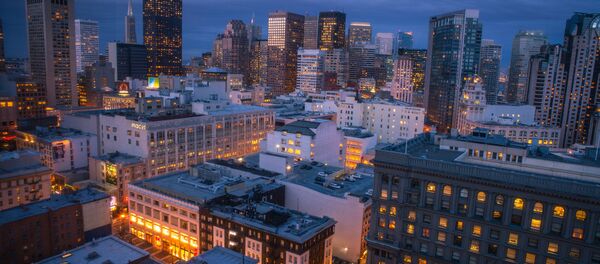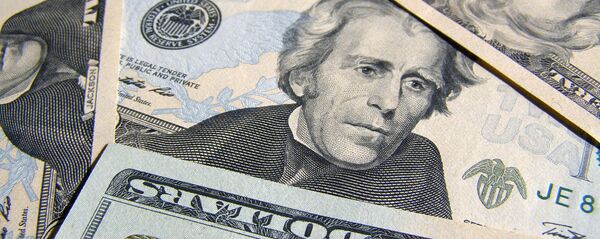Kristian Rouz — As the US Federal Reserve left their base interest rates unchanged at the June policy meeting amidst concerns regarding the domestic economy and international challenges, the monetary authorities also lowered their forecasts on GDP growth in the near-term. With the Fed speculated to actually cut rates back to near-zero later this year instead of introducing the long-promised hikes in order to put growth back on track, investors are piling capital into safe haven assets, resulting in weaker economic activity and hiring.
Worrying trends in the economy have remained persistent.
Gundlach (4): This uncanny indicator shows recession not imminent for range-bound US GDP. pic.twitter.com/STYI4o5Ffj
— Jeff Sandene, CFP® (@MarathonWealth) 15 June 2016
The US job market is faltering, affecting consumption, and a more decisive supply-side approach might be necessary to ensure that a recession is averted in the medium-term.
US GDP is likely to post gains of 2.1% year-on-year in 2Q, the New York Fed said, down from the previous estimate of 2.4%, while 3Q gains would total an annualized 2.1% as well, compared to earlier expectations of 2.2%. Explaining the downward review, the New York Fed cited the same negative trends that caused the Federal Reserve to hold rates steady earlier this week.
Just broadcasting the Fed takes 100bps off US GDP. But, seriously, enjoy your parsing… $SPX pic.twitter.com/6P02qsq2xz
— Jeff Macke (@JeffMacke) 15 June 2016
"The largest negative contributions came from manufacturing data, only partly offset by positive news from retail sales and housing data," the New York Fed statement reads.
US manufacturing is shrinking, indeed, and the housing data is only barely positive. According to a separate report by the Commerce Department, new construction dropped amid a tighter monetary environment and greater non-monetary costs associated with groundbreaking (i.e. excessive bureaucratic interference). The number of construction starts dropped 0.3% in May to 1.16 mln units, following a 4.9% expansion the previous month. New building permits added 0.7% in May, suggesting moderate expansion further down the road; however, investors are cautious of the market underperforming on the supply side.
"We think the signals from the recent permits data, which are forward looking, are more indicative of the underlying trends. We look for continued," Daniel Silver of New York-based bank JPMorgan said.
Yet another forecast of GDP growth, this time from the Atlanta Fed, provided a slightly more optimistic outlook on the existing situation. According to their GDPNow estimate, the economy will add 2.8% in 2Q.
While the historical average yearly growth rate for the US GDP is 3.3%, the economy has been notably underperforming during the post-2009 period of recovery and readjustment, with growth reaching only 2.2% in FY2015. This is an indication of policy inefficiency, hindering US manufacturing and corporate sector gains, as well as gains in higher-wage employment. The economic policies have not quite paid off, meaning there is hardly more than one viable alternative at this point. As over 70% of the US GDP is driven by domestic consumption, decisive supply-side measures might prevent recessionary trends from unraveling further, yet, a comprehensive fix would require a broader set of pragmatic policies rather than the wishful thinking which often appeals to voters.



